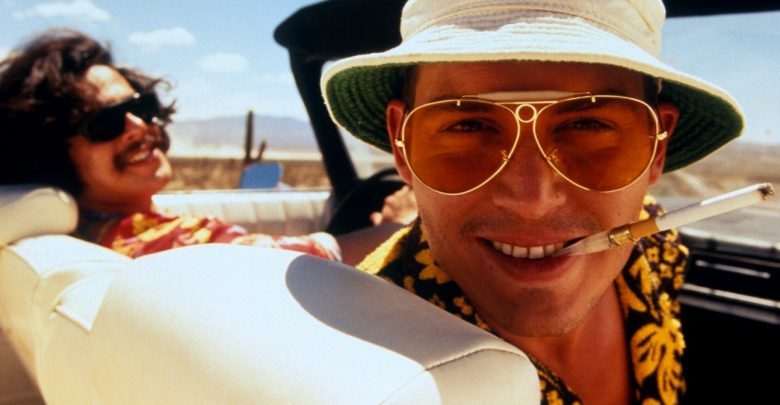Retro on Retro: Fear and Loathing in Las Vegas
 Photofest
PhotofestNetflix, for all its mistakes (I’m looking at you, Bob’s Burgers removal), has been kind of killing it lately in terms of which movies it adds. Notably, they added The Breakfast Club again, Pulp Fiction, the original 1960 Psycho, and my personal favourite, Fear and Loathing in Las Vegas.
Now I absolutely love Fear and Loathing in Las Vegas, but let’s clear something up right away: I don’t love it because it’s an acid trip on wheels, or because I dropped a huge dose of DMT or whatever before I wrote this. In fact, I think this movie would be terrible to watch in an altered state.
The sometimes horrifying nature of the trips undergone by the two main characters, Raoul Duke and Dr. Gonzo, seems to me like it might induce some kind of nightmarish fever dream for anyone under the influence. I haven’t tried it myself, but I don’t recommend partaking if you’re going to watch this movie.
Spoilers ahead for Fear and Loathing in Las Vegas.
In case you don’t know, Fear and Loathing in Las Vegas is based on a novel of the same, slightly longer title by Hunter S. Thompson. Thompson was an enthusiast and the creator of a style of journalism called gonzo journalism, which essentially revolves around inserting oneself into a journalistic story and adding embellishments where necessary. Indeed, the novel itself is Thompson’s account of two journalistic trips he took with Oscar Zeta Acosta, an attorney and activist, to Las Vegas in 1971.
Fear and Loathing in Las Vegas is successful as a film for many reasons. First of all, Johnny Depp, who plays Thompson’s alter-ego Raoul Duke, was close friends with Thompson off-camera. Depp actually lived in Thompson’s basement prior to filming, and paid for his $3 million funeral after he took his own life. The familiarity between the two is clear when Depp is onscreen; Thompson’s infamous, unpredictable, sometimes volatile personality would be almost impossible to emulate otherwise.
Another reason this film succeeded where others didn’t is because there is no singular climax. If you’ve read the novel, you know that it has a kind of organized chaos which is difficult to achieve on film. The climax could be when Dr. Gonzo is begging Duke to kill him in the bathtub after taking a ton of acid. In a more meta sense, it could be when the two sit in an anti-drug convention and immediately start doing drugs. It could even be during the chaotic hours after Duke takes too much adrenochrome, effectively awarding himself the honour of “weirdest trip of the movie,” which is saying a lot for this film.
Fear and Loathing in Las Vegas is a near-perfect adaptation of Hunter S. Thompson’s novel. It depicts Duke and Dr. Gonzo taking turns babysitting each other through the worst of their highs without seeming gratuitous or tacky. It successfully portrays the chaotic, profound message of the novel it originates from: “In a closed society where everybody’s guilty, the only crime is getting caught. In a world of thieves, the only final sin is stupidity.”




